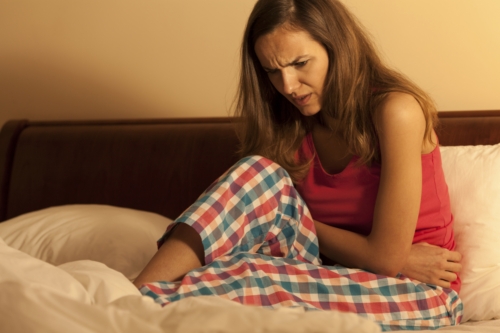 Researchers from Weill Cornell Medical College have provided new insight into how the intestines protect and repair themselves from attacks from bacteria and environmental factors—which could potentially lead to new approaches to treating inflammatory bowel disease (IBD).
Researchers from Weill Cornell Medical College have provided new insight into how the intestines protect and repair themselves from attacks from bacteria and environmental factors—which could potentially lead to new approaches to treating inflammatory bowel disease (IBD).
The findings, published in a recent issue of Proceedings of the National Academy of Sciences, reveal a mechanism that allows a single layer of cells to signal the immune system to repair tissue damage caused by everyday attacks on the body (i.e. bacteria, environmental microbes, etc.) Researchers suggest that this may be the foundation to help reduce chronic inflammation and tissue damage, and restore any injury for those suffering from IBD and other chronic diseases.
“A very sophisticated dialogue is occurring between the gut epithelium and the innate lymphoid cell population, [the first responders to the inflammatory alarm,],” states the study’s senior investigator, Dr. David Artis. “So tapping into that exchange may be key to maintaining gut health in humans.”
The body’s intestinal tract is covered with a layer of cells that act as a barrier—which protects it from microbial, physical and environmental exposures that can cause severe tissue injury and inflammation.
When something foreign damages this layer of cells, a cascade of reactions occurs, signalling the immune system to take action and remove the unwanted substance. Furthermore, it stimulates the growth of a new layer of cells, and releases mucus, creating a new protective layer against future attacks—the tissue and its functioning are essentially repaired and maintained.
IBD is a result of a defect in this repair system.
Source for Today’s Article:
Monticelli, L.A., et al., “IL-33 promotes an innate immune pathway of intestinal tissue protection dependent on amphiregulin–EGFR interactions,” PNAS 2015; http://www.pnas.org/content/early/2015/08/03/1509070112, doi: 10.1073/pnas.1509070112.
